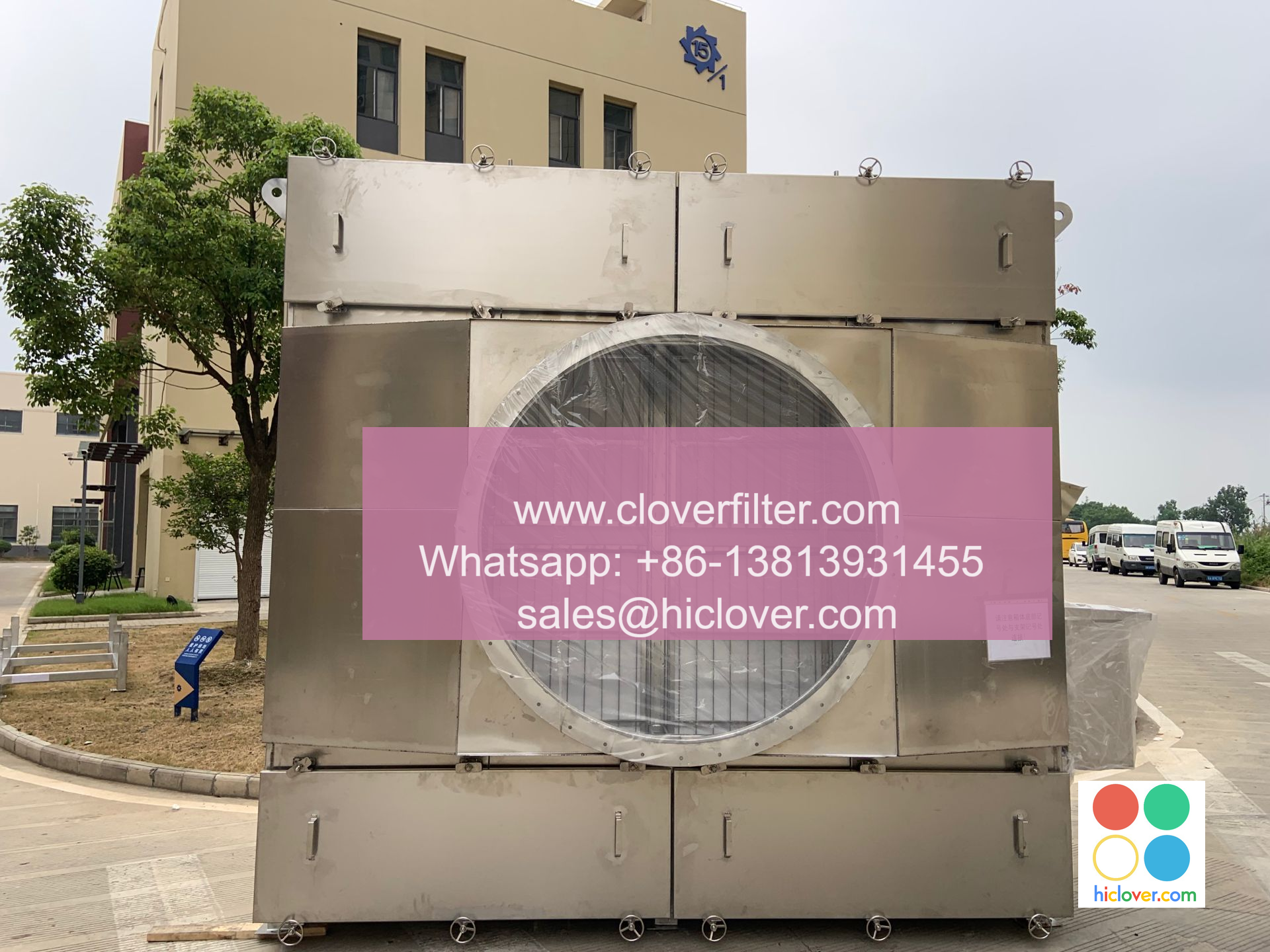The Top 10 Energy-Efficient Air Filter Myths Debunked

The Top 10 Energy-Efficient Air Filter Myths Debunked
With the increasing awareness about the importance of energy efficiency and sustainability, many homeowners and businesses are looking for ways to reduce their energy consumption without compromising on the quality of air they breathe. However, there are several myths surrounding energy-efficient air filters that can lead to confusion and misinformed decisions. In this article, we will debunk the top 10 energy-efficient air filter myths and highlight the best practices for optimal air filtration and energy savings.
Myth 1: Energy-Efficient Air Filters Are Only for New Construction
Reality: Energy-efficient air filters can be easily installed in existing homes and buildings, and it’s recommended to retrofit them to achieve maximum energy savings.
Myth 2: All Energy-Efficient Air Filters Are Created Equal
Reality: Not all energy-efficient air filters are created equal. Look for filters with a high MERV rating (Minimum Efficiency Reporting Value) for optimal air filtration and energy efficiency.
Myth 3: Energy-Efficient Air Filters Are More Expensive
Reality: While energy-efficient air filters may be more expensive upfront, they can save homeowners and businesses money in the long run through reduced energy consumption and extended filter lifespan.
Myth 4: Allergy Sufferers Should Use HEPA Filters
Reality: While HEPA filters are effective for allergy sufferers, they can also filter out large particles, which can increase air pressure and reduce energy efficiency. Consider using a MERV 8-10 filter for optimal air filtration and energy efficiency.
Myth 5: You Only Need to Change Air Filters Every 3-6 Months
Reality: The frequency of air filter changes depends on various factors such as air quality, usage, and filter type. Always check the manufacturer’s guidelines for the recommended replacement schedule.
Myth 6: Energy-Efficient Air Filters Are Only for Central Air Systems
Reality: Energy-efficient air filters can be used in a variety of applications, including residential, commercial, and industrial settings. They can also be used in conjunction with portable air purifiers and heat pumps.
Myth 7: Energy-Efficient Air Filters Are Noisy
Reality: Modern energy-efficient air filters are designed to be quiet and operate without the noise of traditional air filters. Look for filters with a low sound level rating.
Myth 8: All Ducts Should Be Sealed to Be Energy Efficient
Reality: While sealing ducts is important for energy efficiency, it’s not always necessary. Consider using a ductless system or a local exhaust system for specific applications.
Myth 9: Energy-Efficient Air Filters Only Apply to Cooling Systems
Reality: Energy-efficient air filters can also be used with heating systems, including heat pumps, furnaces, and boilers. Consider using a filter with a high MERV rating for optimal energy efficiency.
Myth 10: Energy-Efficient Air Filters Are Not Worth the Cost
Reality: The benefits of energy-efficient air filters far outweigh the cost. They can reduce energy consumption, extend filter lifespan, and improve indoor air quality, leading to significant cost savings and improved overall health.
Conclusion
There you have it – the top 10 energy-efficient air filter myths debunked. By understanding the truth about energy-efficient air filters, homeowners and businesses can make informed decisions to improve indoor air quality, reduce energy consumption, and save money. Remember to consider the MERV rating, sound level, and filter lifespan when selecting an energy-efficient air filter, and don’t be afraid to install it in existing systems or try a ductless option. With the right air filter, you can breathe easier and save energy – it’s a win-win situation!
I’m ready to assist you. What would you like to talk about or ask?


